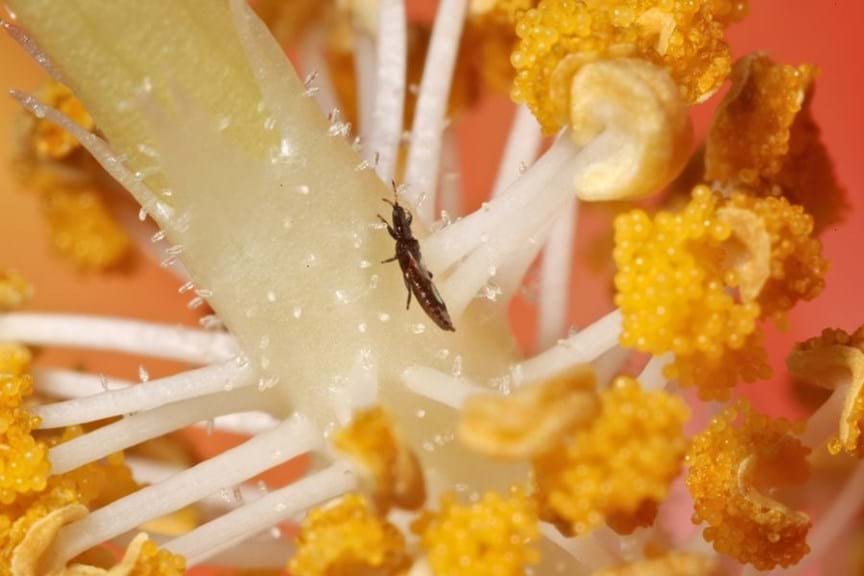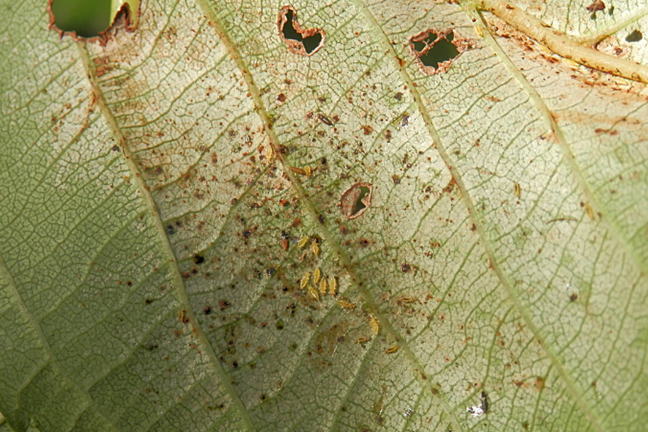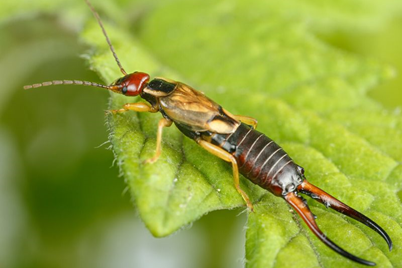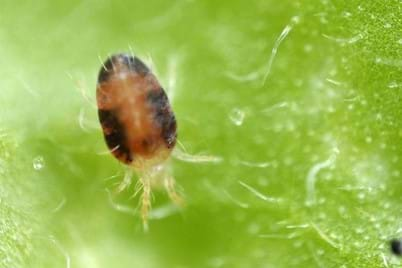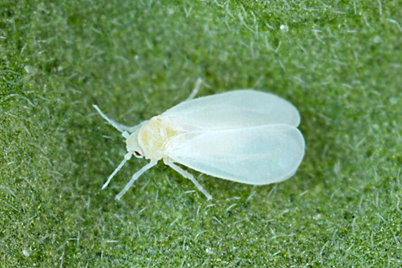Thrip Control in Your Garden
Thysanoptera
There are about 6,500 species of Thrips found throughout the world, with about 900 species described in Australia so far. Thrips are members of the order Thysanoptera which means 'fringed wings', a trait common to Thrips species that have wings.
The behaviour of Thrips is varied. About 50% of Thrips species feed only on fungi, and some species are predatory on other insects (including on other Thrips species). Among the remaining species – the plant feeders - there are some species that only feed on leaves and other species that only feed on flowers. There are very few species of Thrips that feed on both flowers and leaves.
Unfortunately, some pest species of Thrips are resistant to many of the chemicals registered against them. And some pest species of Thrips transmit plant viruses as well as physically damaging plants while feeding. The most common Thrips-transmitted plant virus in gardens is Tomato Spotted Wilt Virus (TSWV).
Summary
Symptoms: Thrips can cause flowers, flower buds and leaves to distort, and leaves can turn silvery.
Signs of Thrips: Tiny insects 1-2 mm crawling on the surface of the leaf, and dark brown droppings may be seen on the underside of leaves.
Control of Thrips: Depending on the type of plant that's affected by Thrips, they can be controlled with Yates Advanced Garden Insect Killer, or Yates Nature's Way Vegie & Herb Spray. See below for more detailed information on how to control Thrips.
